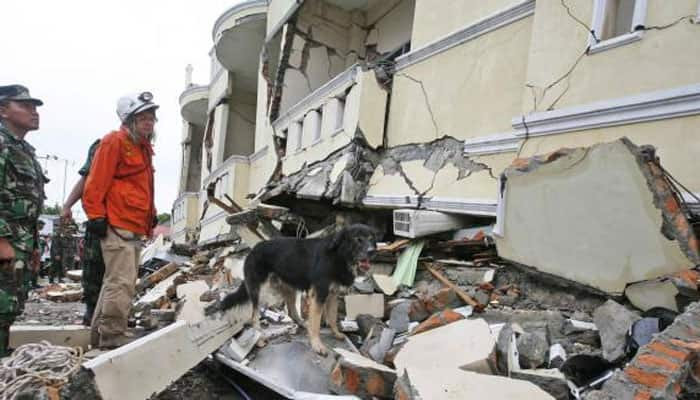Washington: Researchers recently reconstructed the mega-earthquakes timeline in Indian Ocean and examined sediment records to unveil region's tsunami potential.
The study on the frequency of past giant earthquakes in the Indian Ocean region showed that Sri Lanka, and much of the Indian Ocean, was affected by large tsunamis at highly variable intervals, from a few hundred to more than one thousand years.
The findings suggested that the accumulation of stress in the region could generate as large, or even larger tsunamis than the one that resulted from the 2004 magnitude-9.2 Sumatra earthquake.
Researchers from the University of Miami (UM) Rosenstiel School of Marine and Atmospheric Science and the University of Peradeniya in Sri Lanka collected and analyzed 22 sediment cores from Karagan Lagoon, Hambantota in southeastern Sri Lanka, to expand the historical record of giant earthquakes along the Sumatra-Andaman subduction zone, where the Indo-Australian plate and Eurasian plate meet.
Using sand deposited in the lagoon during the 2004 Indian Ocean tsunami and seven older paleo-tsunami deposits as proxies for large earthquakes in the region, the scientists reconstructed the timeline for mega-earthquakes along the Indian Ocean's plate boundary from Myanmar to Indonesia, assuming that the tsunamis were all generated by large earthquakes.
The Dec. 26, 2004 M-9.2 Sumatra earthquake resulted in a trans-oceanic tsunami, with wave heights up to 100 feet (30 meters) in some places, which impacted much of the Indian Ocean region causing widespread damage in southeastern Sri Lanka.
During the 7,000 year record of Indian Ocean tsunamis preserved in the sediment, the research team found evidence that estimated the time period between consecutive tsunamis from 181 years and 1045 years. The longest period was nearly twice the time period prior to the 2004 earthquake.
Falk Amelung, professor of geophysics within the department of Marine Geosciences at the UM Rosenstiel School, said that a scary result was a 1000 year time period without a tsunami , which was nearly twice as long as the lull period prior to the 2004 earthquake, which meant that the subduction zone was capable of generating earthquakes almost twice as big as in 2004, although they don't have any evidence yet that this actually happened.
















